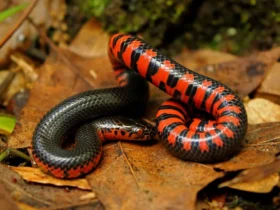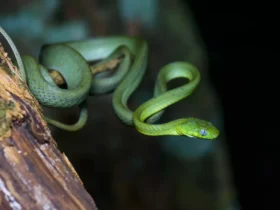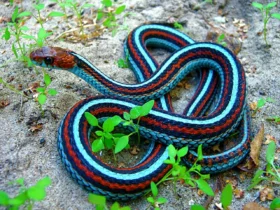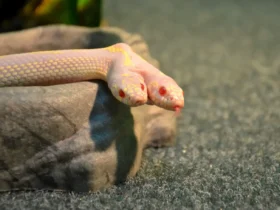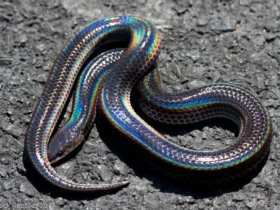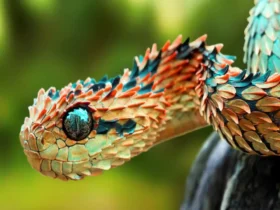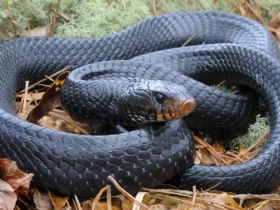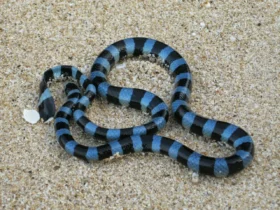The Blue Racer (Coluber constrictor foxii) is a captivating species of snake known for its vibrant blue coloration and remarkable speed. Found predominantly in the central and eastern parts of North America, this non-venomous snake has earned a reputation for its agility and elusive nature. In this article, we delve into the intriguing characteristics and behaviors of the Blue Racer, shedding light on its unique features and fascinating adaptations.
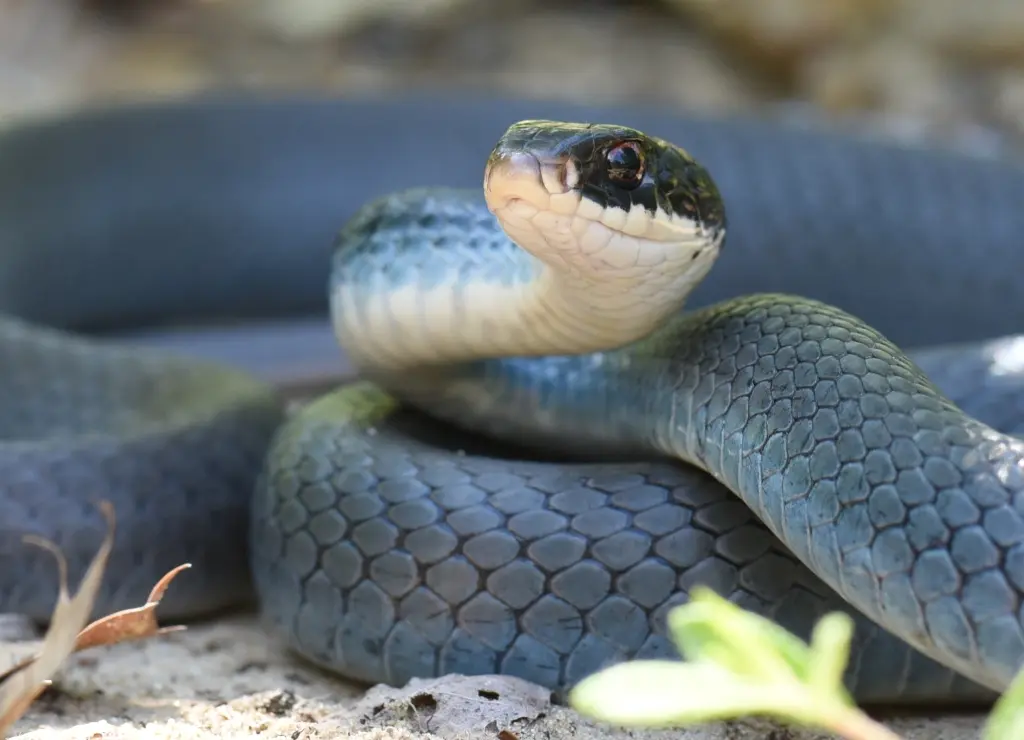
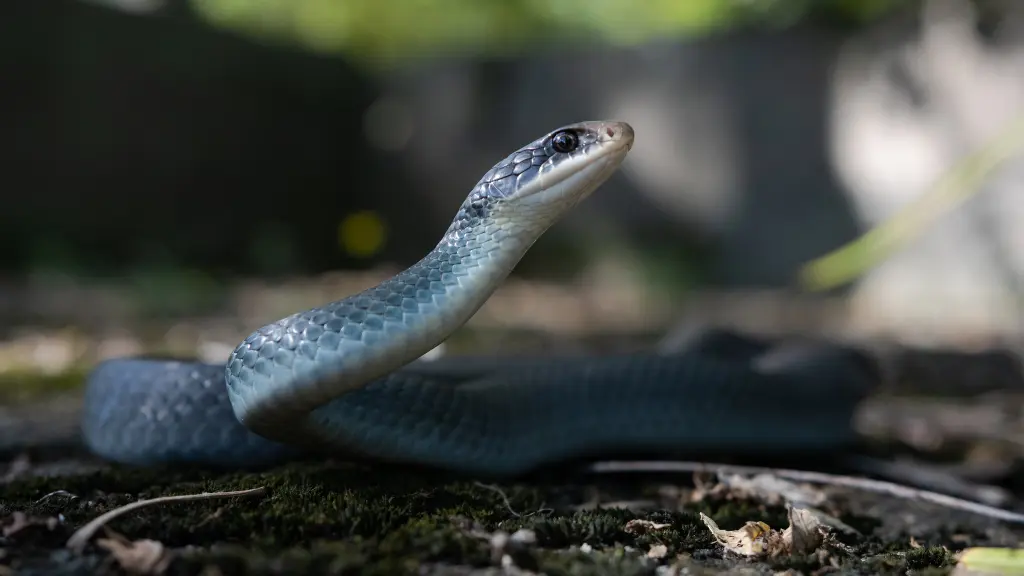
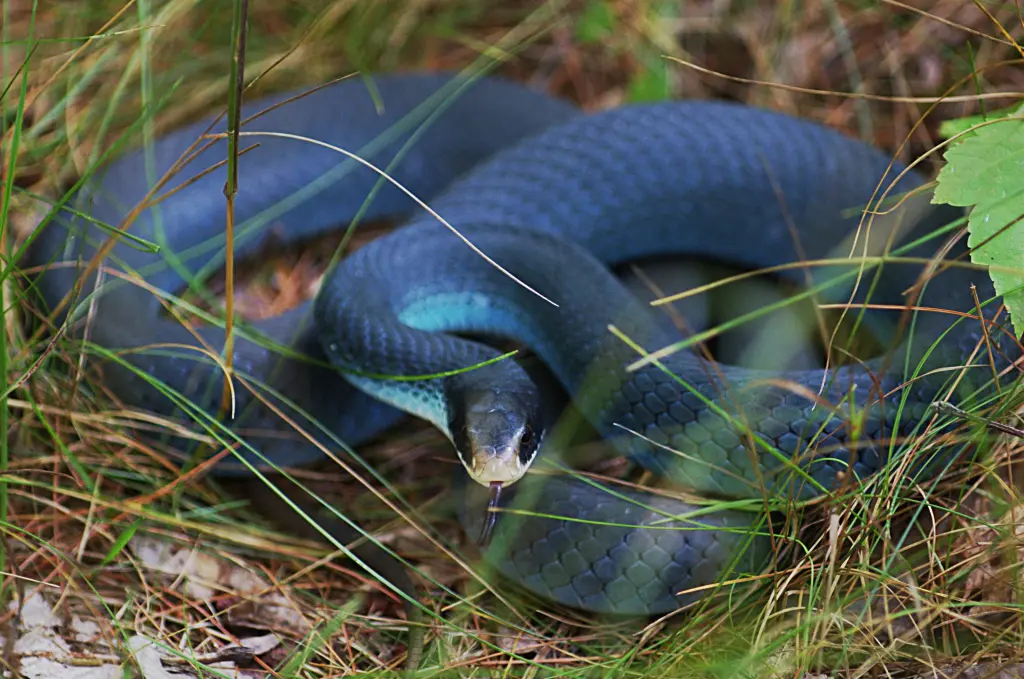
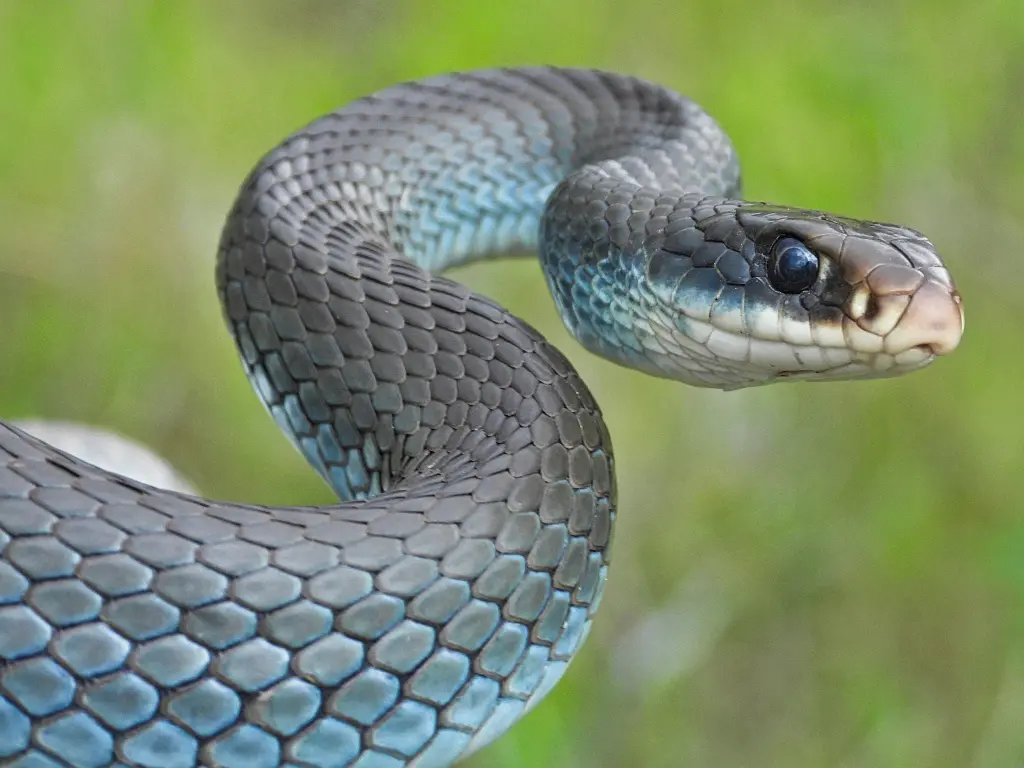
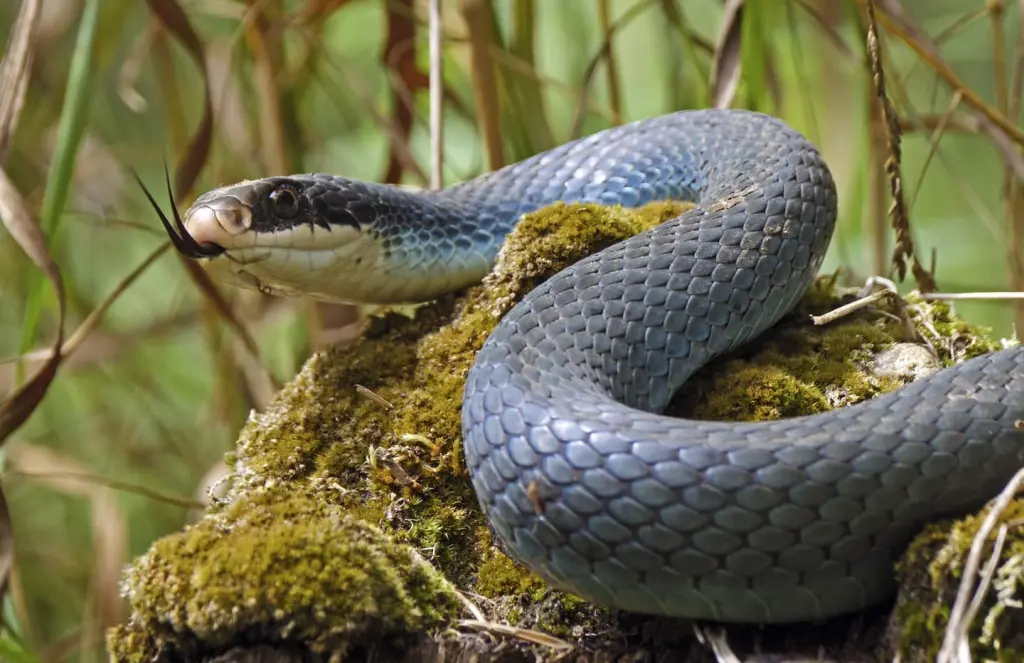
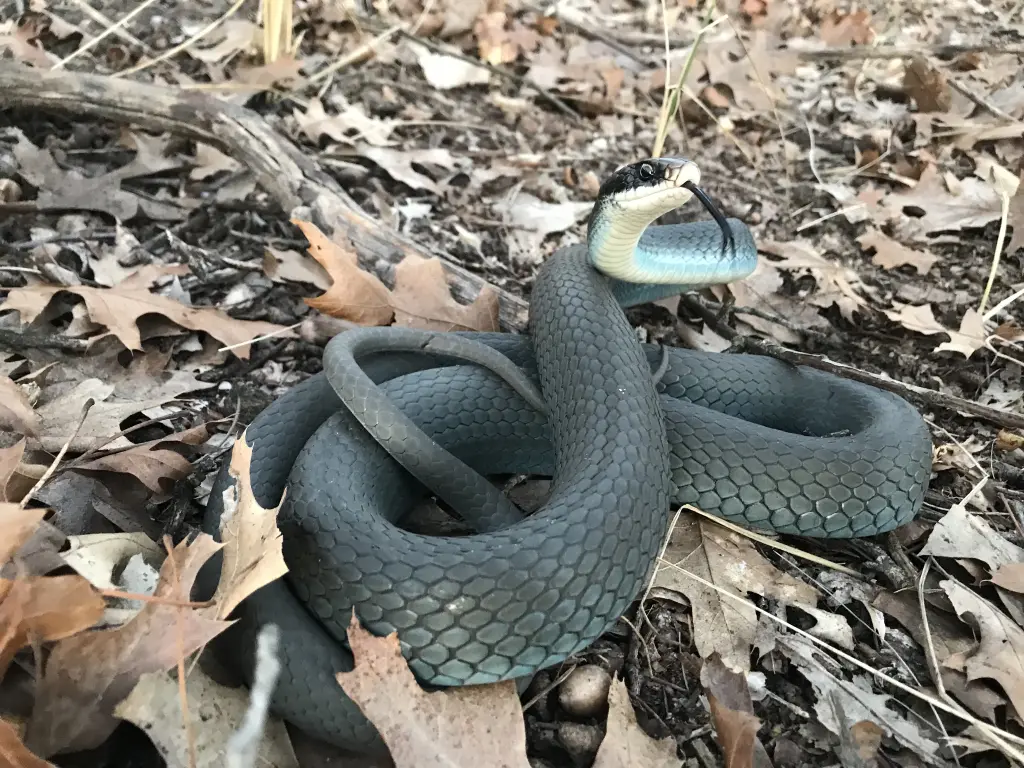
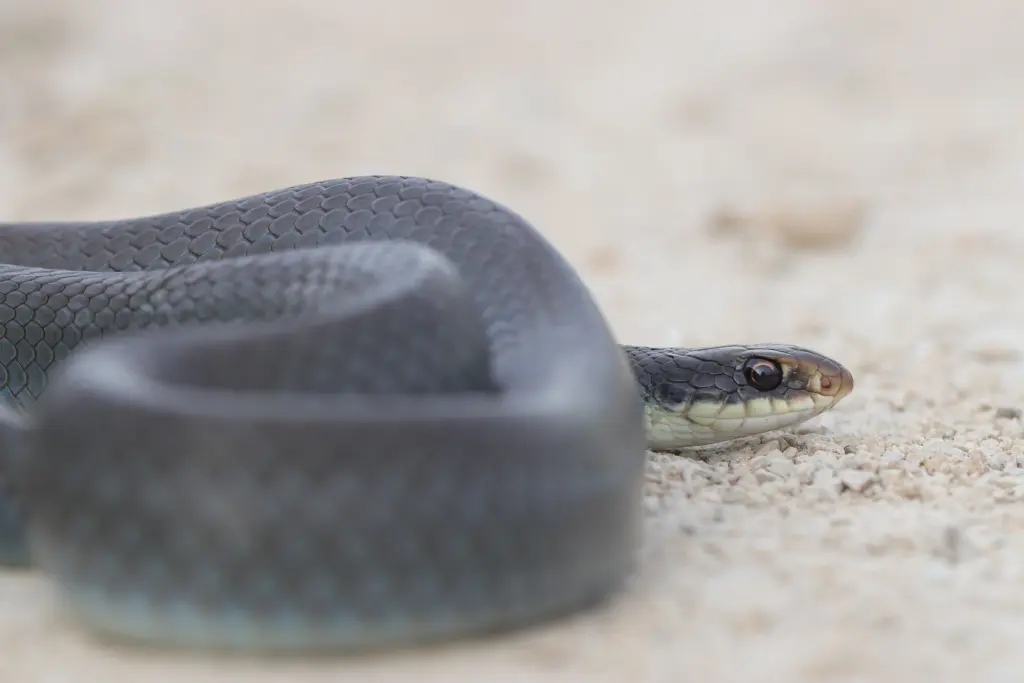
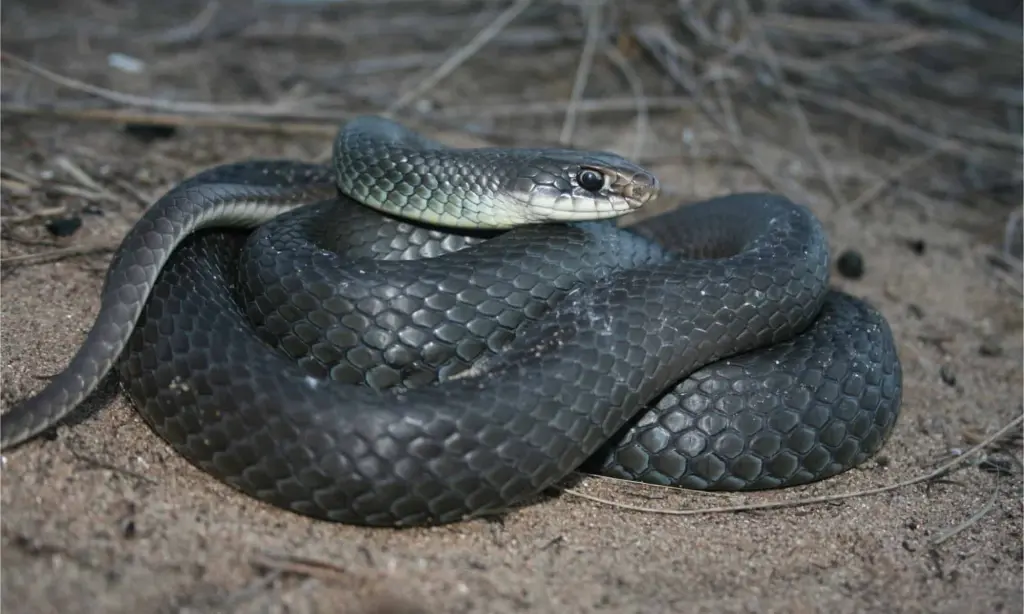
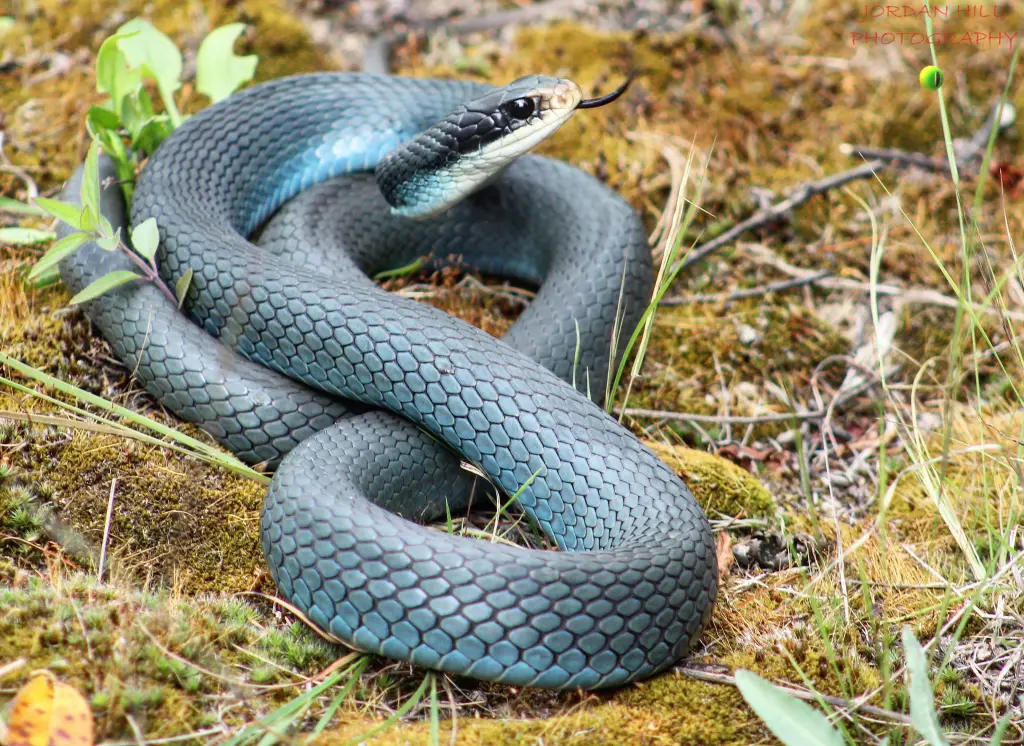
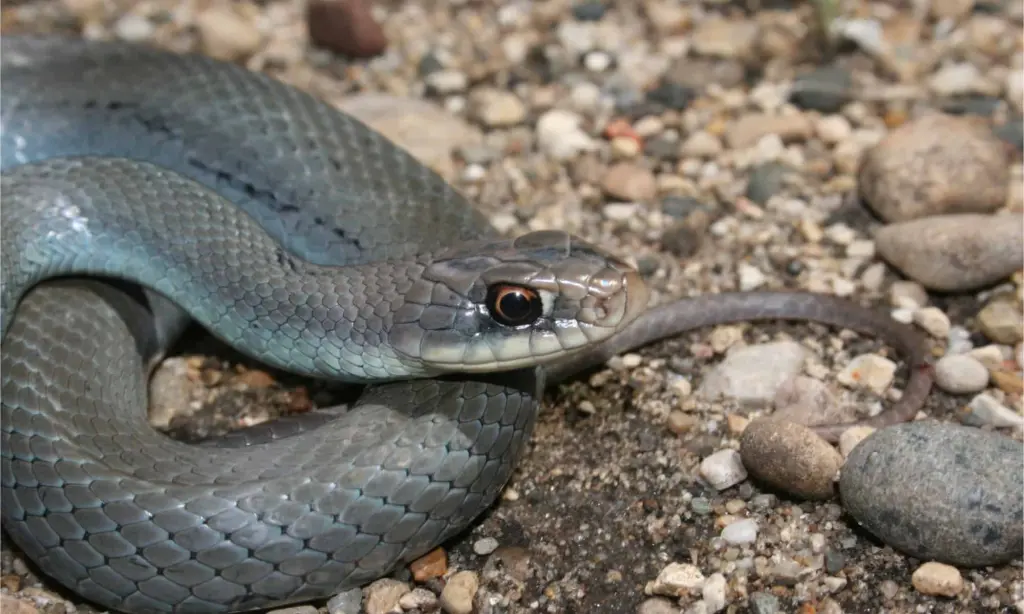
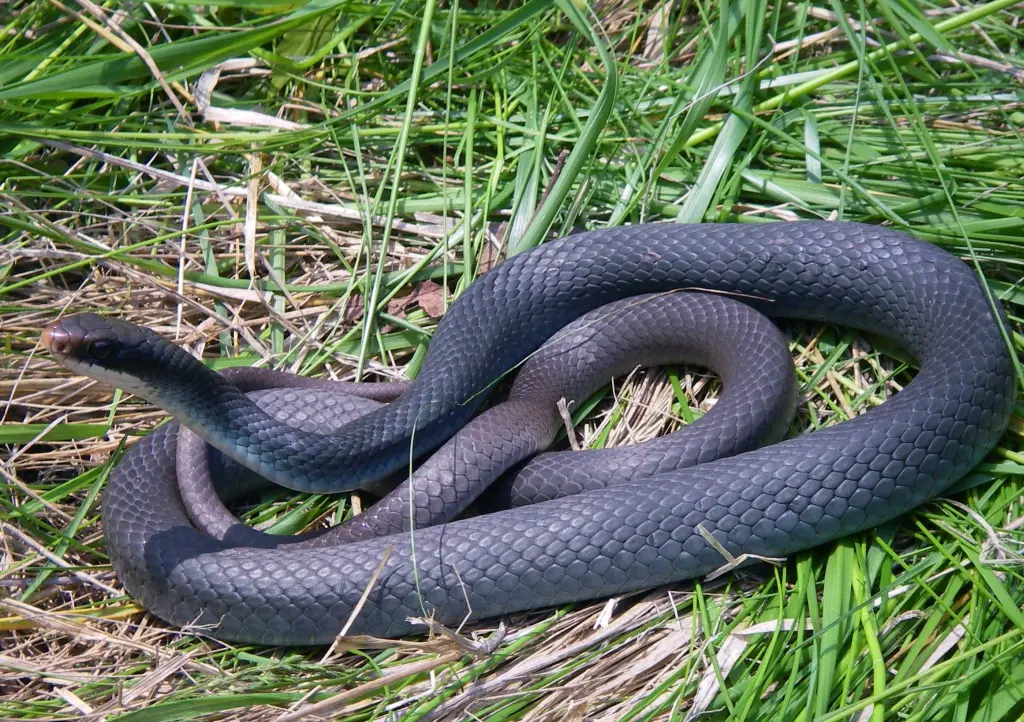
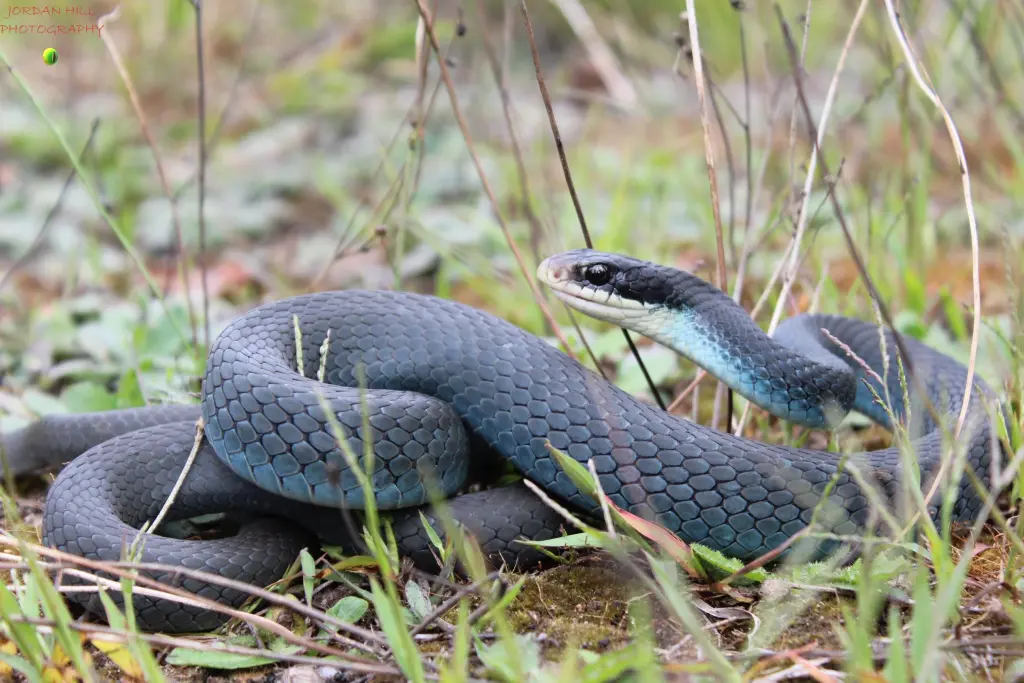
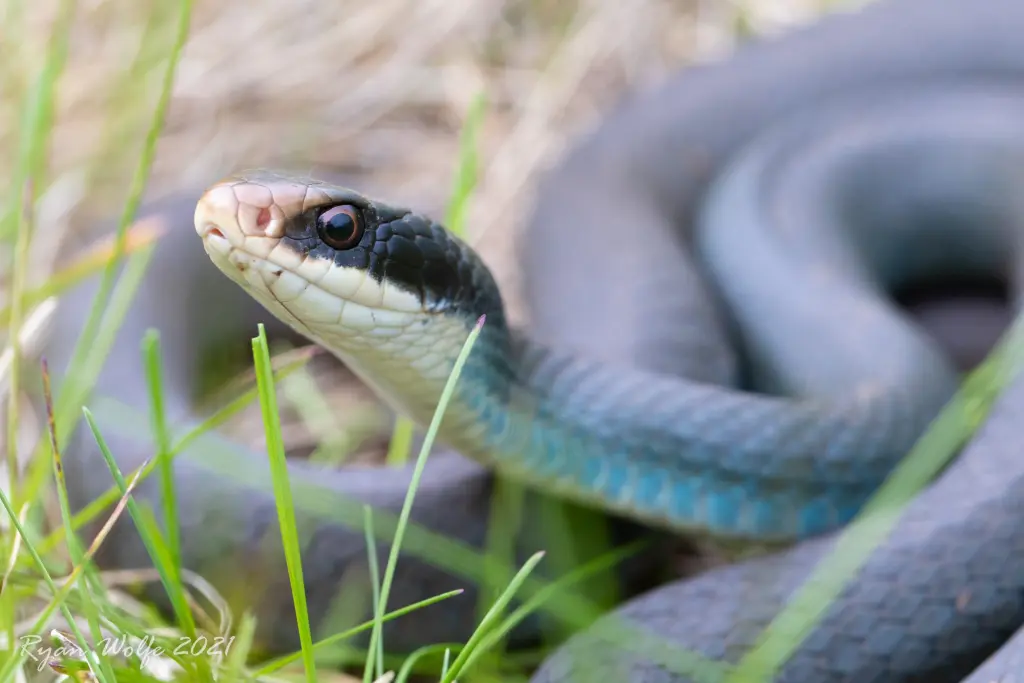
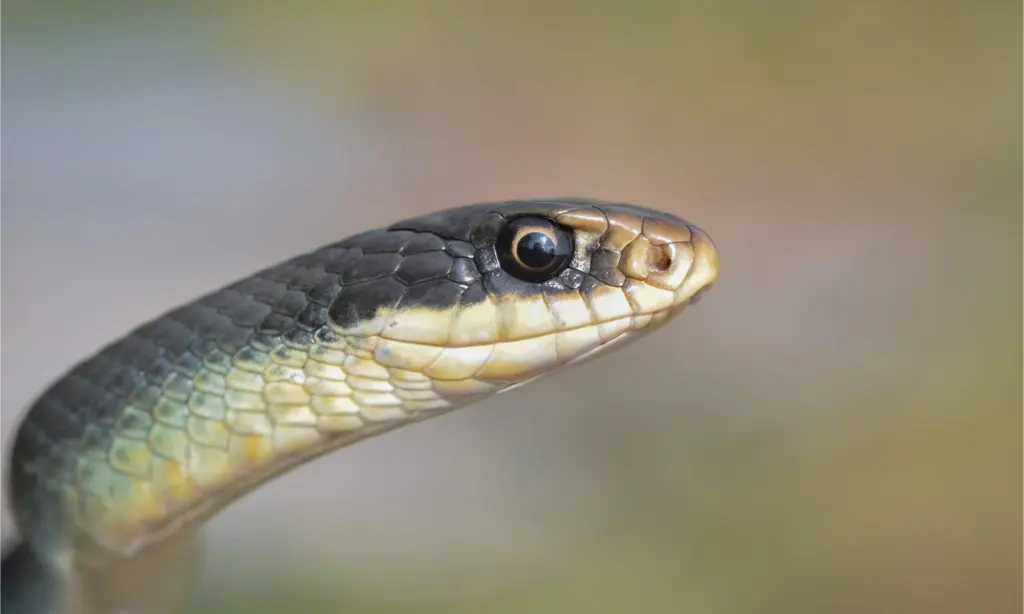
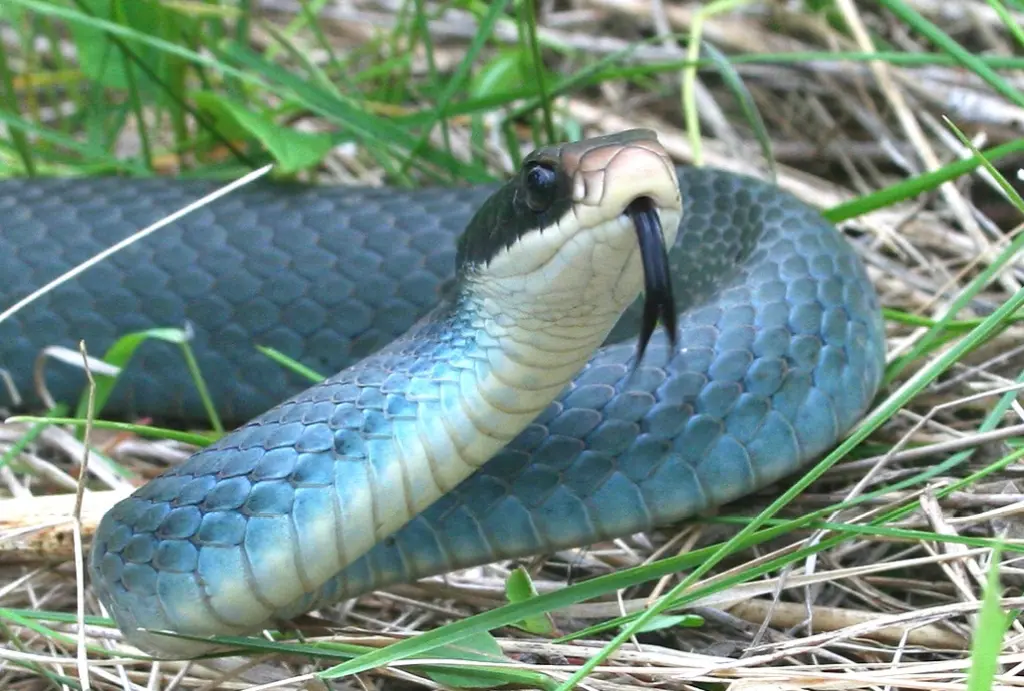
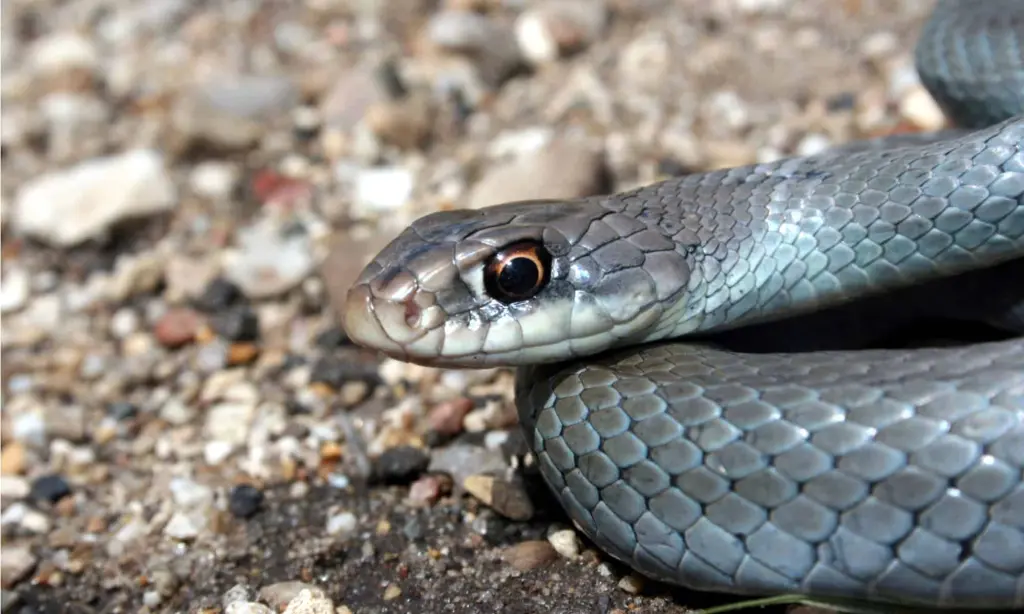
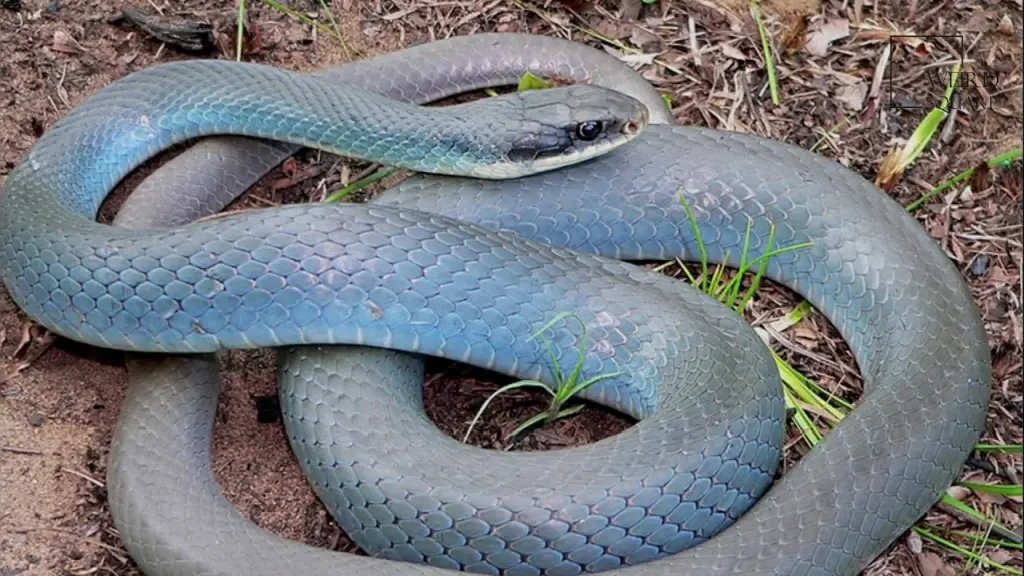
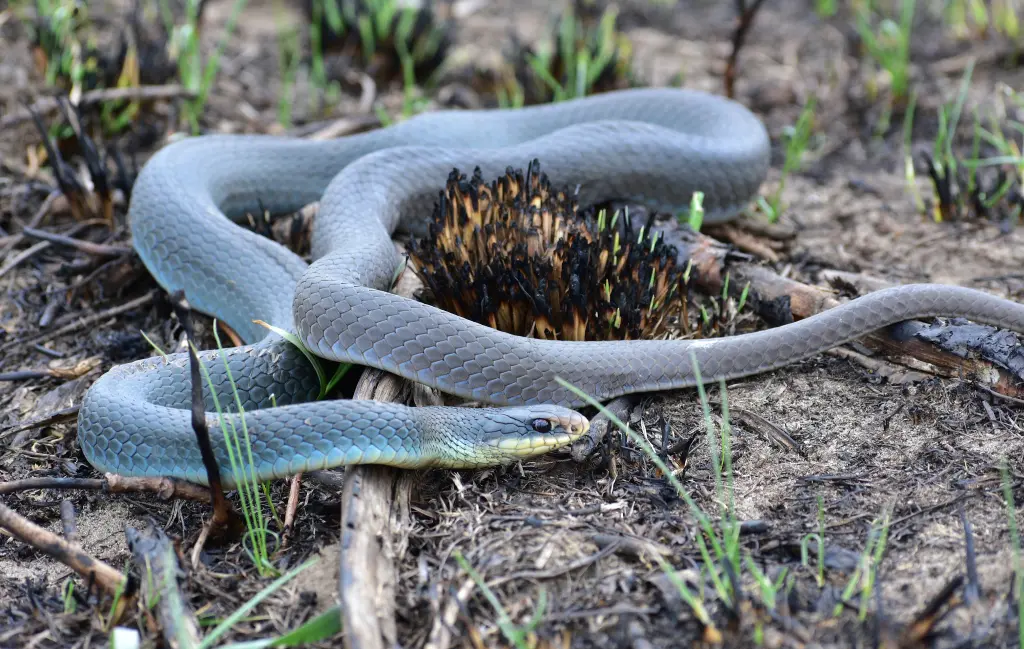
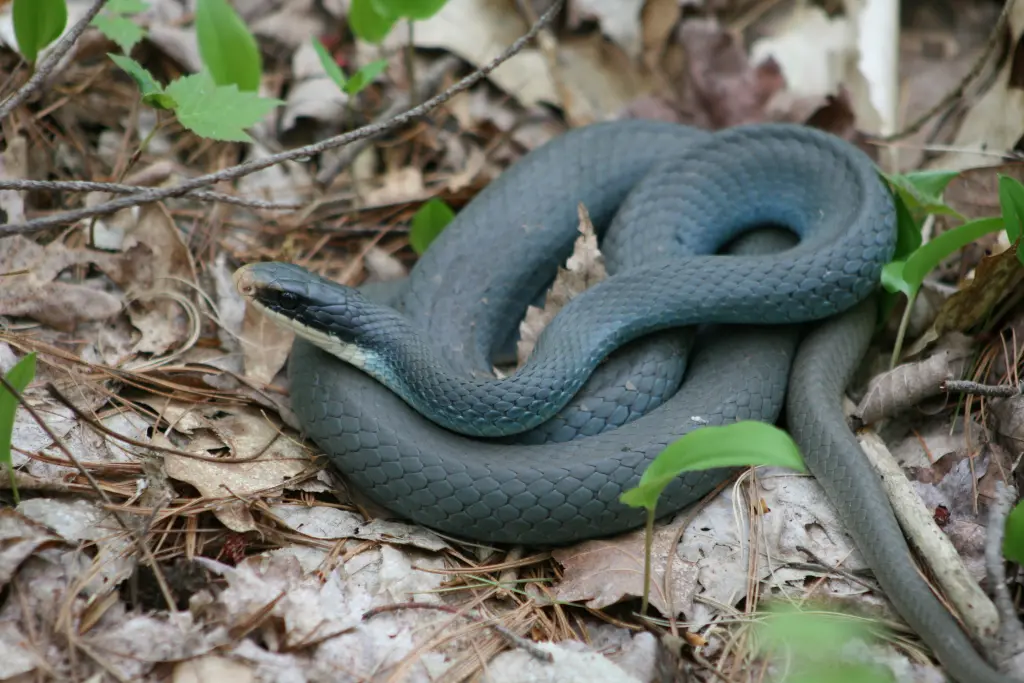
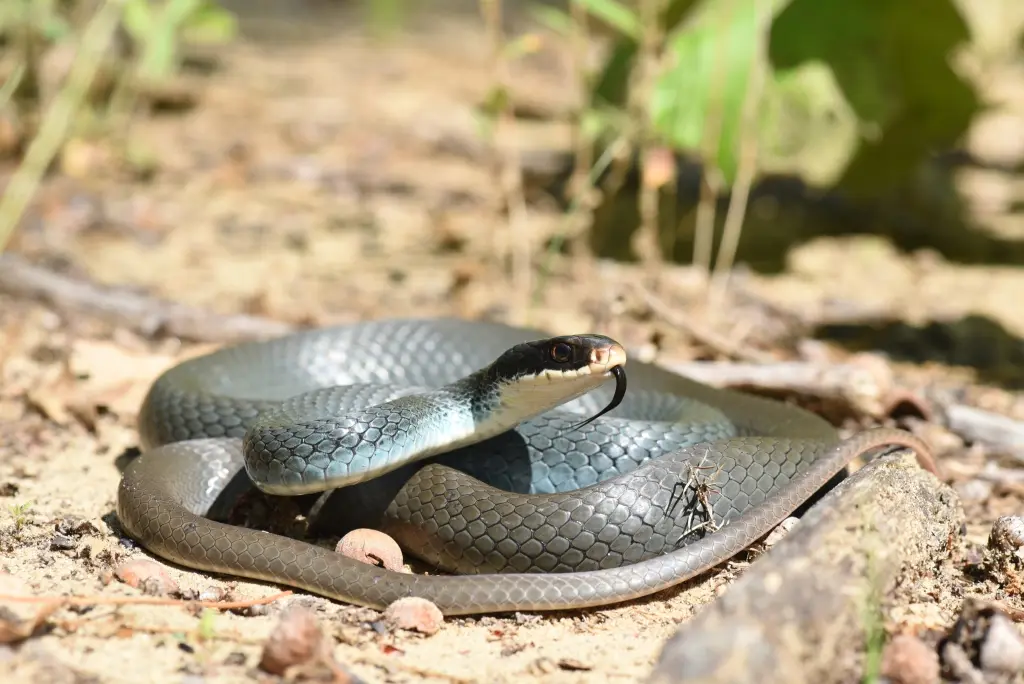
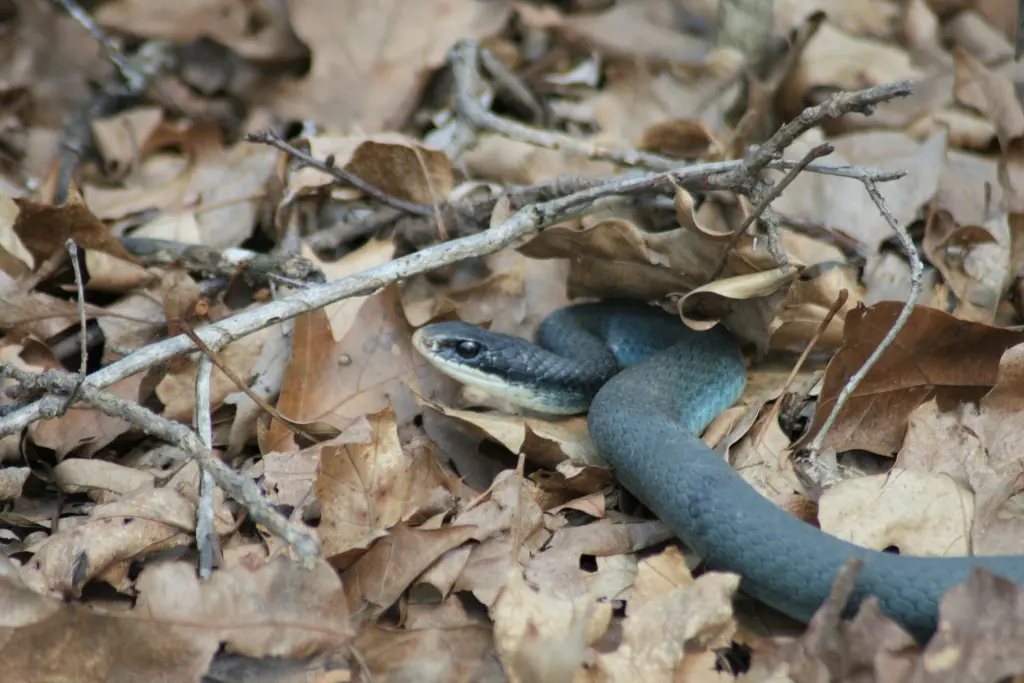
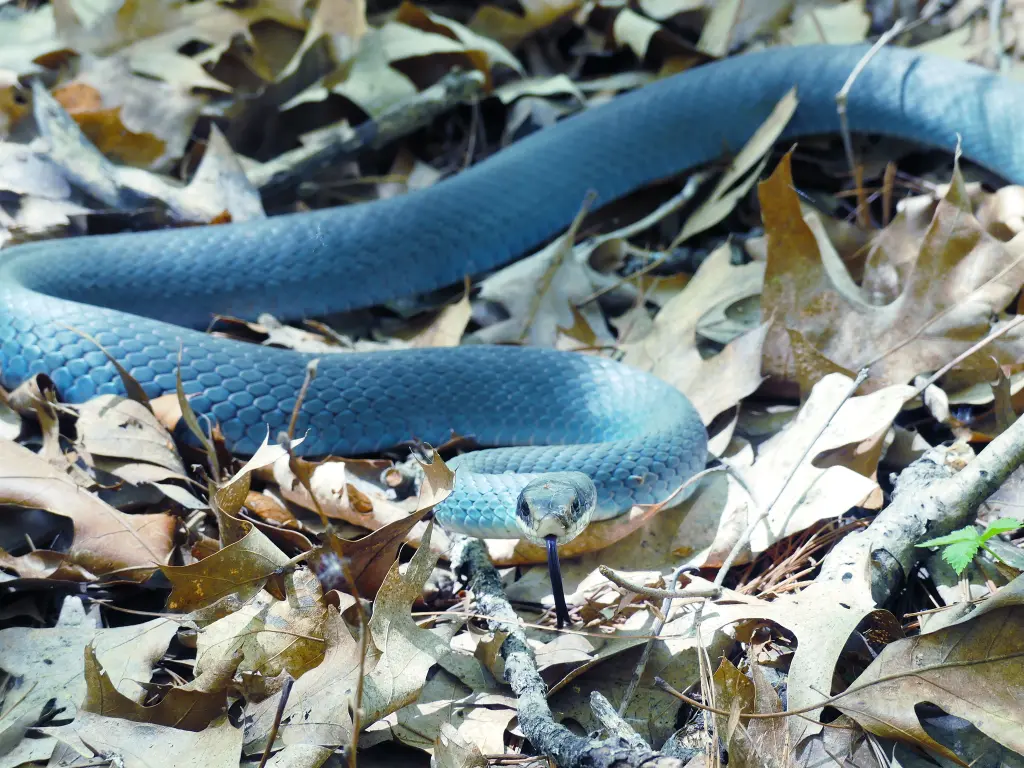
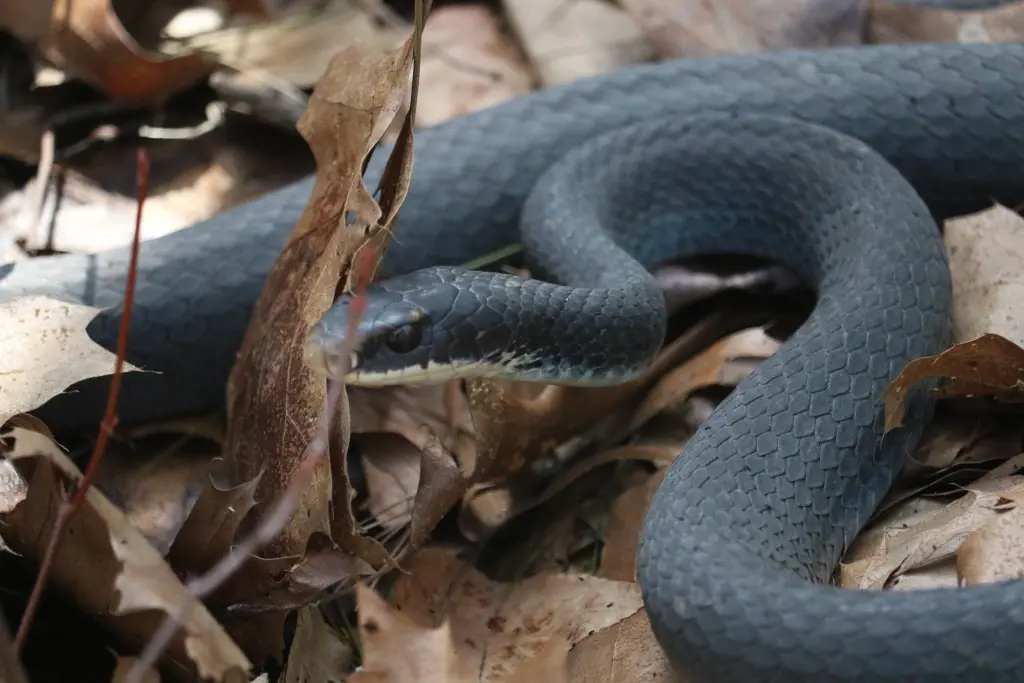
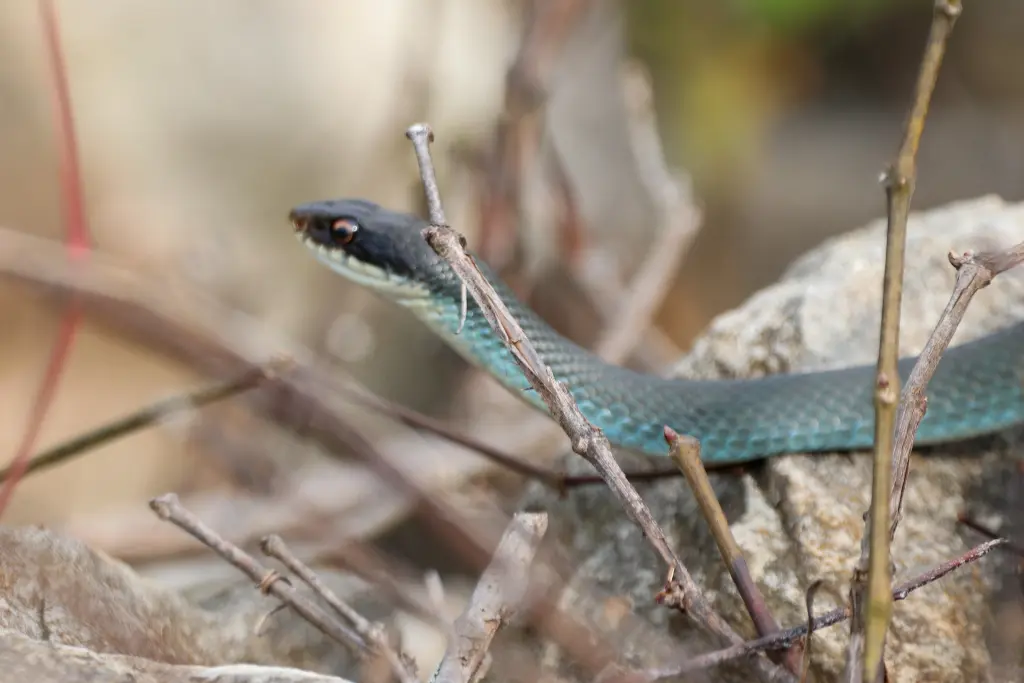
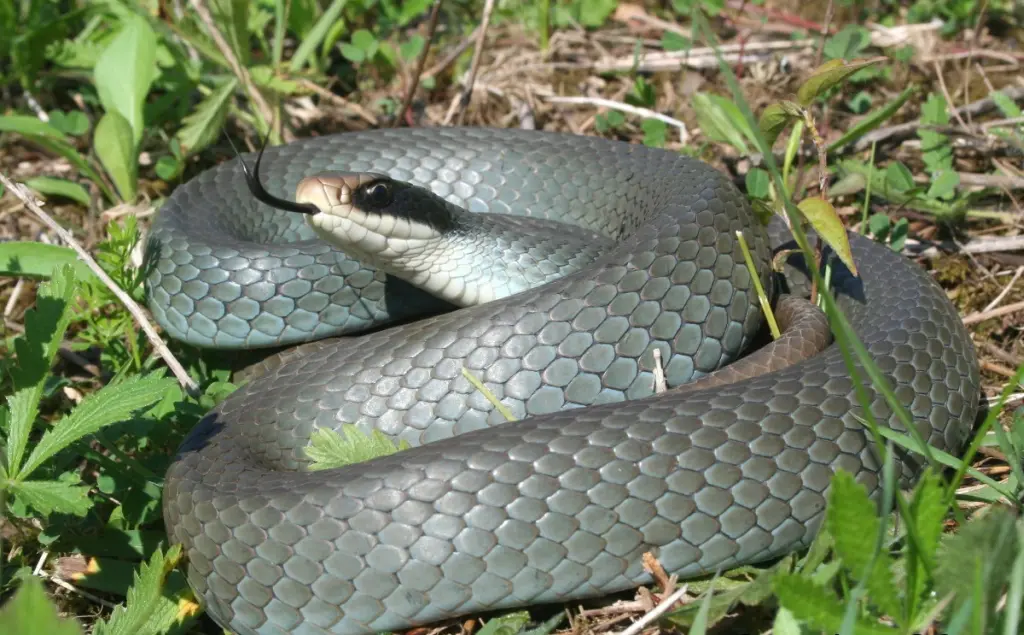
Appearance and Physical Features
The Blue Racer is a slender snake with a distinctive appearance that sets it apart from other snake species. Adults can reach lengths of up to 3 to 4 feet, making them a medium-sized snake. They possess a sleek and elongated body, which is typically blue or bluish-green in color. The vibrant hue is most prominent on their dorsal side, while the ventral side is usually pale or cream-colored.
The eyes of the Blue Racer are relatively large and are encircled by a striking ring of white or yellow scales. These eye rings are thought to play a role in communication and species recognition. The scales on the body are smooth and glossy, contributing to the snake’s sleek appearance. Unlike some other snake species, the Blue Racer lacks heat-sensing pits and instead relies on its exceptional vision and sense of smell to hunt and navigate its surroundings.
Habitat and Distribution
Blue Racers are primarily found in grasslands, meadows, open woodlands, and prairies. They have a wide distribution range, extending from parts of Canada, including Ontario and Manitoba, to various regions of the United States, such as Minnesota, Illinois, and Missouri. These snakes are well-adapted to living in open habitats, where they can utilize their exceptional speed to their advantage.
Diet and Hunting Techniques
The Blue Racer is an opportunistic predator that feeds on a variety of prey, including small mammals, birds, frogs, lizards, and even other snakes. They are active hunters, relying on their speed and agility to capture their prey. When hunting, Blue Racers use their keen eyesight to locate potential targets and then strike with lightning-fast speed, subduing their prey through constriction.
Behavior and Defense Mechanisms
One of the most notable characteristics of the Blue Racer is its incredible speed. It is renowned for its swift movements, capable of reaching speeds of up to 10 miles per hour. This exceptional speed enables the snake to escape from potential threats or capture fast-moving prey. When threatened, the Blue Racer often chooses flight as its primary defense mechanism. It can swiftly slither away from danger, seeking shelter in nearby vegetation or holes.
Reproduction and Lifespan
Blue Racers reach sexual maturity at around 2 to 3 years of age. Breeding usually takes place in the spring or early summer, with females laying a clutch of 8 to 20 eggs in hidden nests. Incubation typically lasts around 2 months, after which the hatchlings emerge. These young snakes are independent from birth and must fend for themselves from the start.
In the wild, the lifespan of Blue Racers can vary, but they generally live for 5 to 8 years. However, some individuals in captivity have been known to live beyond 10 years with proper care.
A Valuable Species in Nature
The Blue Racer, with its striking appearance and exceptional speed, is an important component of its ecosystem. As a predator, it helps control populations of small mammals and contributes to the balance of local food chains. Furthermore, the snake itself serves as a prey item for larger predators, such as birds of prey and other snakes, ensuring a healthy ecosystem.
Final Thought
The Blue Racer is a captivating snake species known for its vibrant blue coloration, remarkable speed, and elusive behavior. With its sleek and agile body, it has adapted to thrive in open habitats, utilizing its exceptional hunting skills to secure prey and avoid threats. While it may be challenging to encounter this fascinating snake in the wild, appreciating its unique characteristics contributes to a deeper understanding and appreciation of the natural world.
